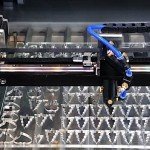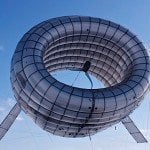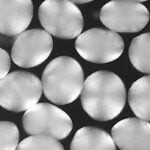Researchers in the department of chemistry at Oregon State University say they have found a low-cost, fast and easy way to use cellulose from trees to construct supercapacitors. Cellulose, a key component in plants and trees, is heated in a furnace with ammonia present. The result is nitrogen-doped nanoporous carbon membranes, which form the electrodes of the supercapacitor, and a byproduct of methane.
The carbon membranes are extremely thin, with a very large surface area. According to the researchers, the N-doped nanoporous carbon has more than double the unit area capacitance of conventional activated carbon.
Supercapacitors perform a function similar to batteries in that they are energy storage devices. Although a supercapacitor holds less energy than a battery, according to researcher David Ji at Oregon State University, they deliver higher power. A key difference is that unlike batteries, supercapacitors can be charged and discharged more frequently, with little or no degradation.
Some of the applications for supercapacitors include hybrid gas-electric cars, electronics, and wind and solar power generation and storage.
A big advantage of the cellulose-based supercapacitor would be the relatively green mode of production. More common carbon-based supercapacitors are traditionally made using coal or oil, which are highly polluting.
“The ease, speed and potential of this process is really exciting,” said Ji, an assistant professor of chemistry at OSU College of Science, and lead author on the study in Nano Letters, a journal of the American Chemical Society. “For the first time we’ve proven that you can react cellulose with ammonia and create these N-doped nanoporous carbon membranes. . . Not only are there industrial applications, but this opens a whole new scientific area, studying reducing gas agents for carbon activation.”































